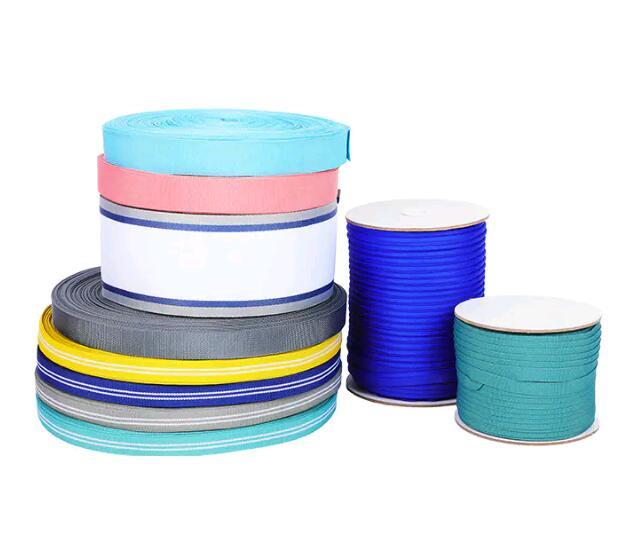Exploring the Strength of 270MM Non-Elastic Webbing
The 20th century marked a turning point in the evolution of webbing materials. The development of synthetic fibers such as polyester, nylon, polypropylene, and aramid fibers introduced new possibilities. These materials offered several advantages:
Superior strength-to-weight ratios
Greater resistance to UV radiation, moisture, and chemicals
Improved durability under dynamic loads
Low stretch properties ideal for non-elastic applications
With the adoption of synthetic fibers, manufacturers began producing wider varieties of webbing, including the now common 270mm non-elastic webbing. The increased width provided additional load distribution, which is especially important in load-bearing and support roles. This type of webbing became a preferred choice where maintaining shape and tension under pressure was paramount.
Several industries have contributed to the ongoing development of 270mm non-elastic webbing. Among these are:
Transportation and Logistics
Securing heavy cargo requires webbing that does not stretch under tension. The broad surface of 270mm webbing reduces pressure points and minimizes damage to delicate or irregularly shaped items. This type of webbing is also used in curtain-side trucks, container straps, and tie-down systems.
Industrial Lifting and Rigging
In the lifting of heavy machinery or construction materials, precise control of load placement is critical. Non-elastic webbing prevents dangerous shifts and stretching that can occur with elastic materials. The wide 270mm format enhances grip and stability during lifting operations.
Structural Reinforcement
Engineers and builders sometimes use non-elastic webbing as part of structural bracing systems. The consistent width and strength of 270mm webbing allow it to be integrated into tension-based designs, particularly in temporary scaffolding, formwork, or emergency repair setups.

https://www.aoyaelastic.com/product/nonelastic-webbing.html
Non-elastic webbing refers to a kind of webbing without any obvious tension or deformation. It is usually made of nylon, polyester, cotton or other synthetic fibers. Non-elastic webbing is commonly used in a variety of applications, including sports equipment, luggage, backpacks, belts and pet collars.
- Art
- Causes
- Crafts
- Dance
- Drinks
- Film
- Fitness
- Food
- Games
- Gardening
- Health
- Home
- Literature
- Music
- Networking
- Other
- Party
- Religion
- Shopping
- Sports
- Theater
- Wellness
